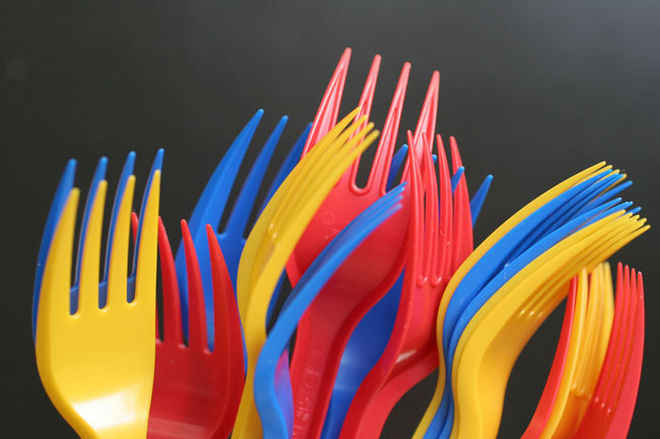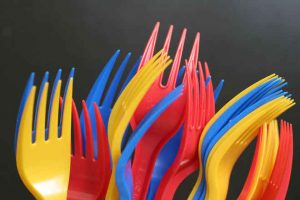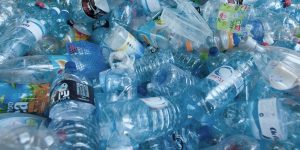US Environmental Protection Agency defines medical waste as “a subset of wastes generated at health care facilities, such as hospitals, physicians’ offices, dental practices, blood banks, and veterinary hospitals/clinics, as well as medical research facilities and laboratories.”
Medical waste is a broad term that covers…
- Sharps like needles and syringes
- Pathological waste like human tissues, organs and animal carcasses
- Infectious waste like blood and other bodily fluids
- Chemicals like laboratory preparation, disinfectants and heavy metals in medical devices
- Radioactive waste
Hospitals in the USA generate 5.9 million tons of medical waste every year!
Medical waste is highly infectious in nature and is a potential threat to health and environment. According to W.H.O, 15 percent of the medical waste is infectious, radioactive and hazardous.
Therefore, a safe disposal of medical waste is very important for your health care facility. No only this minimizes the risk to public health, but also helps you avoid legal penalties regarding the healthcare waste.
Biohazard bags and containers are efficient and affordable way to segregate and dispose the medical waste. Such things help you simplify your medical waste management, especially when it is confusing to legally and safely store and disposal your healthcare waste.
First of all, make sure you have a separate bag for each type of medical waste:
Red Medical Waste Disposal Bags for Anatomical Waste:
Red biohazard bags should be used for anatomical waste being disposed by incineration. Such medical waste includes human body fluids like semen, vaginal secretions and saliva; human tissue and organs. Apart from anatomical waste, you can dispose of items like specimen swabs, urine dipsticks, blood-soaked drapes and gloves in a red bag.
However, you should not place other wastes like needles, cans, trash, heavy metals and pathological waste in your biohazard bag. These bags should be collected and disposed by licensed medical waste contractors, instead of throwing them to city waste collection bins.
Yellow Medical Waste Disposable Bags for Clinical Waste:
Use yellow biohazard bags to dispose of clinical and highly infectious waste like wipes, gloves, dressing, bandages and aprons or garments contaminated with contagious body fluids.
White Medical Waste Disposable Bags for Dental Waste:
Such bags are used to collect dental amalgam, mercury, contents of amalgam separators, old fillings, teeth with fillings and grindings.
Red Container for Sharps:
In case of disposing sharps like needles, razors, wires, trocars and surgical instruments, always use a durable red container. Don’t use plastic bags as they can be torn or punctured by the surgical equipment.
Black Disposable Bag for Mixed Municipal Waste:
Don’t mix food and kitchen waste, paper, disposable cups and drink cans, flowers, sandwich wrappers and other discarded daily use items with your medical waste. Instead, store them in a separate bag which should be placed at public access areas.
So, these are the ways to manage various types of medical waste being generated at your healthcare facility. Besides, follow these precautions while handling or managing these bins.
- Make sure your medical waste bags comply the standards set by the state
- Seal the bags properly. Don’t leave them open once they are full
- Always wear the gloves while handling these bags
- Keep the waste separated from each other
- Make sure to label your waste container or bags. Besides, these bags should have a biohazard waste symbol imprinted on them.
- Place the trash containers in a location away from public traffic
- Keep the nearby area clean by using disinfecting
- If anything mixes up with your medical waste, consider it as medical waste too.
- Comply with your local or state laws regarding transport and disposal of medical waste.
- If you are using corrugated boxes, make sure to seal the bottom flaps with a transparent packing tape. Mark arrow on them to distinguish the top and bottom.
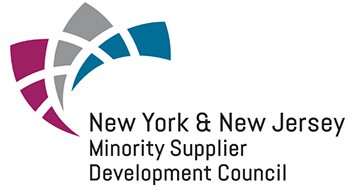

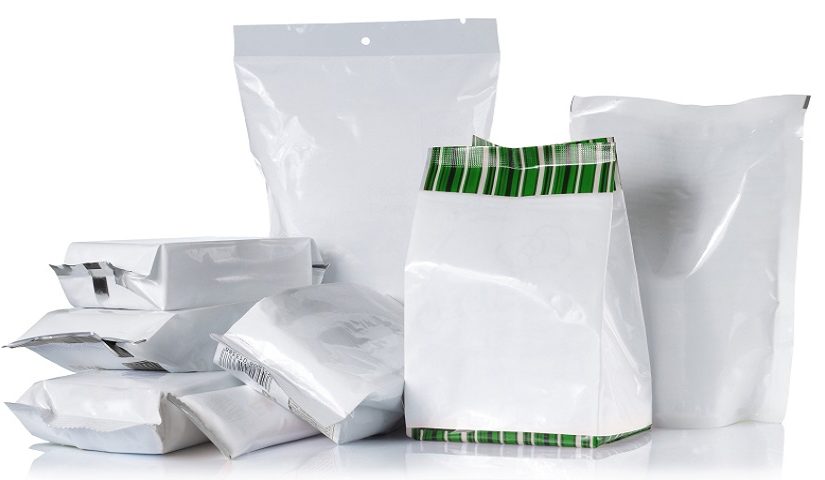
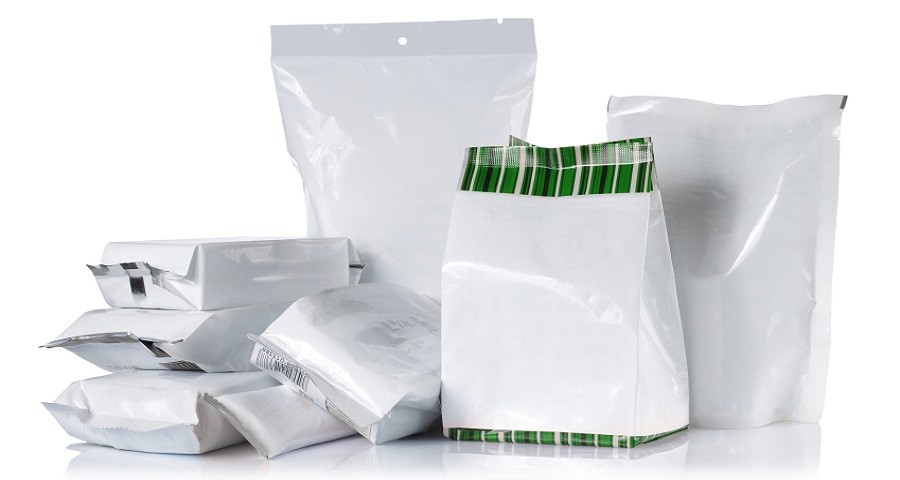

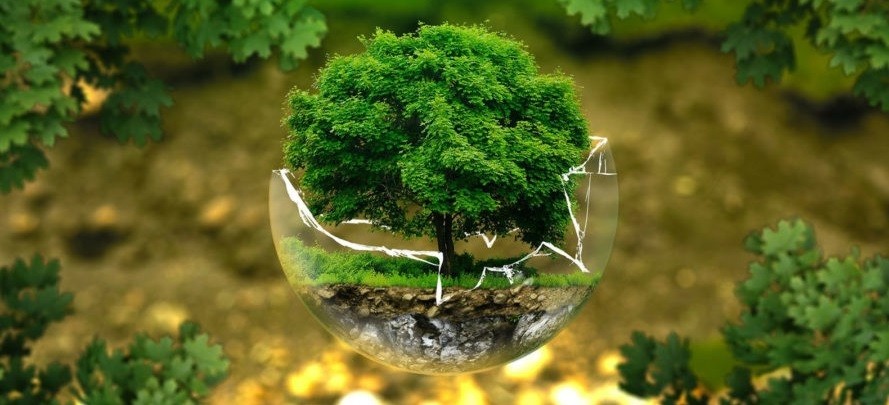
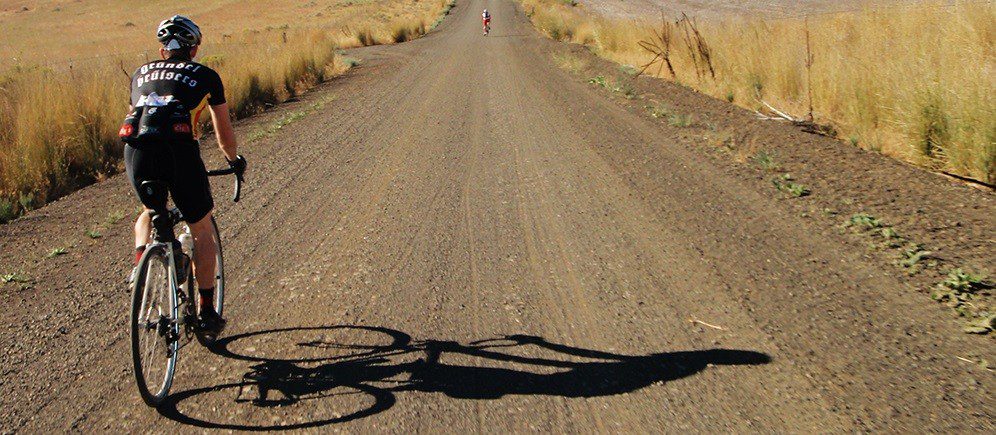
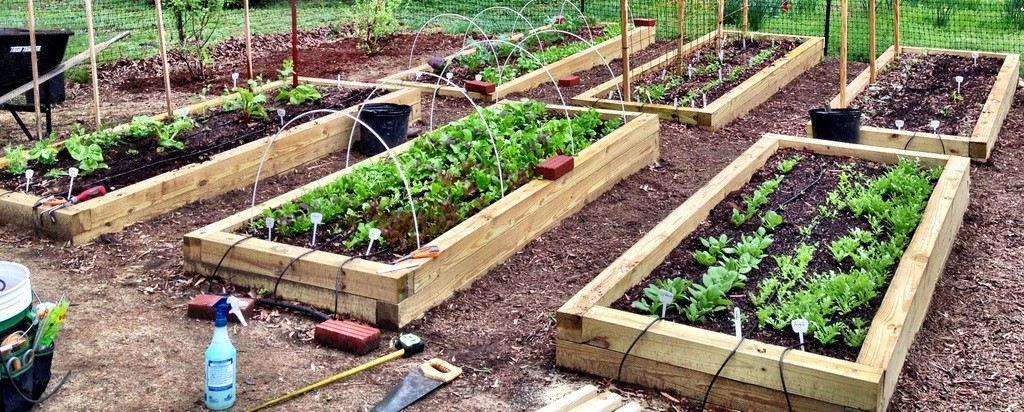

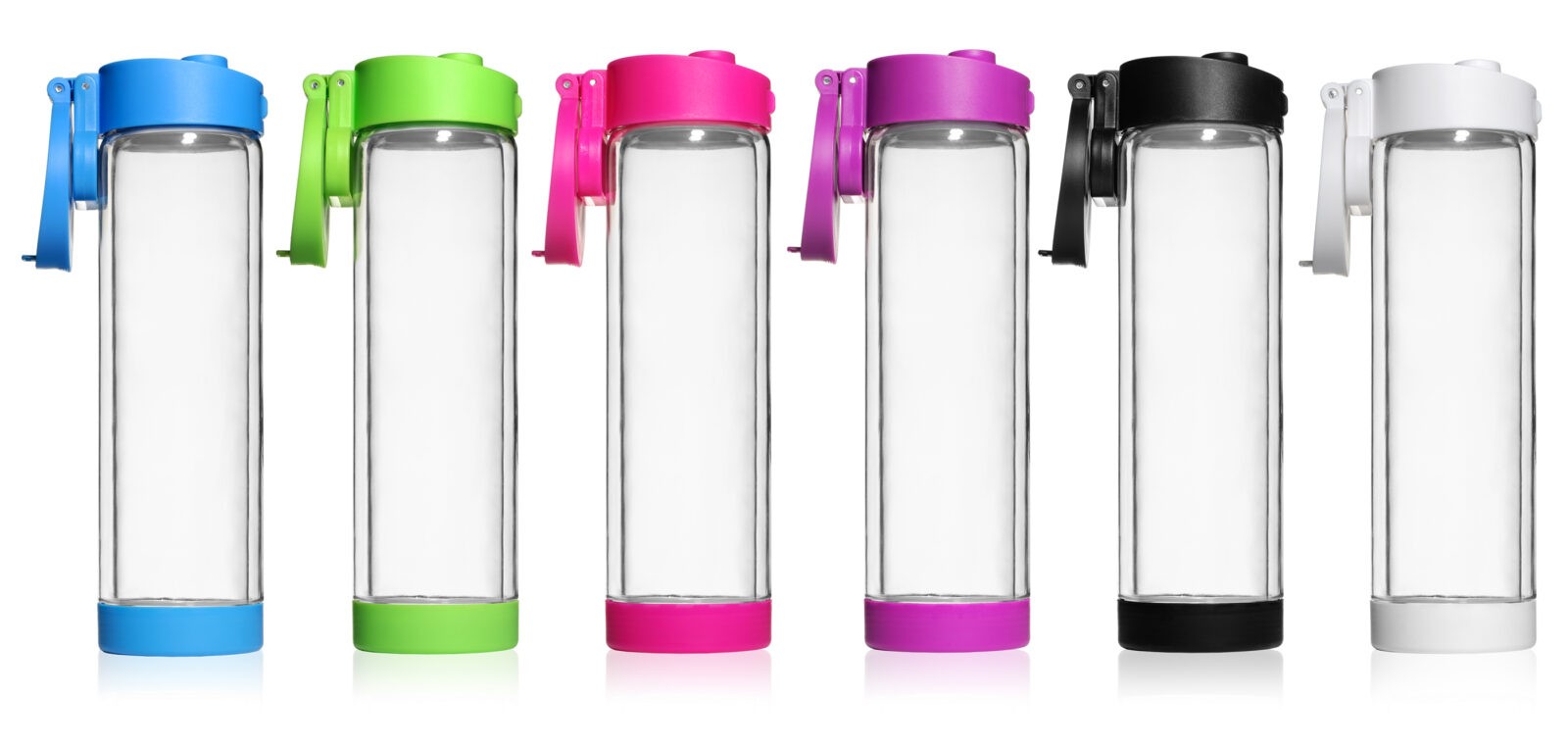
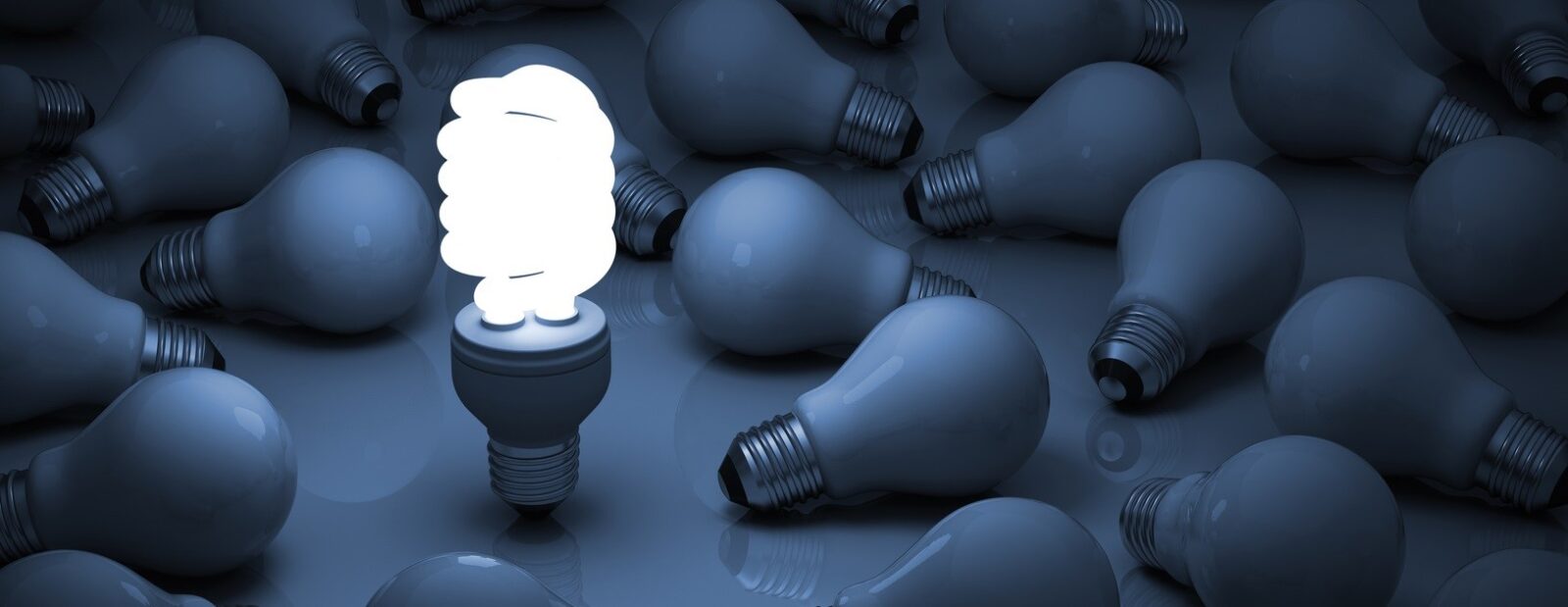
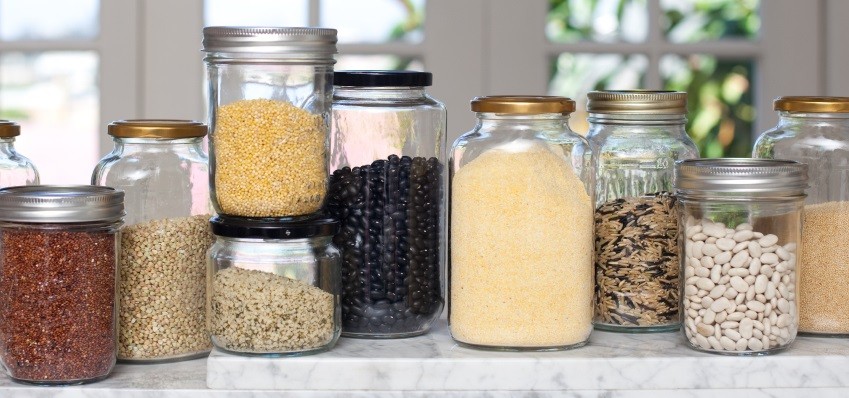
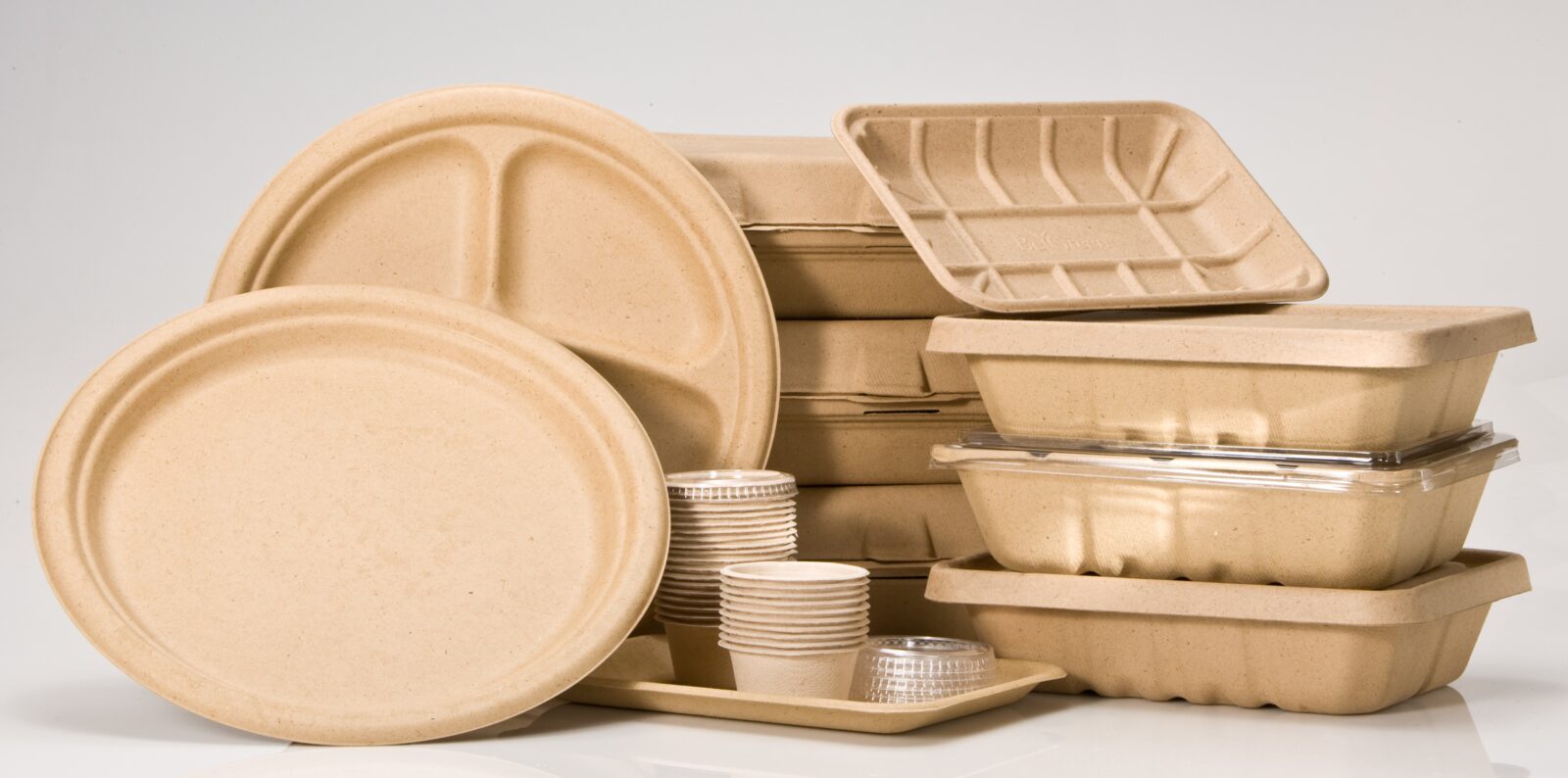
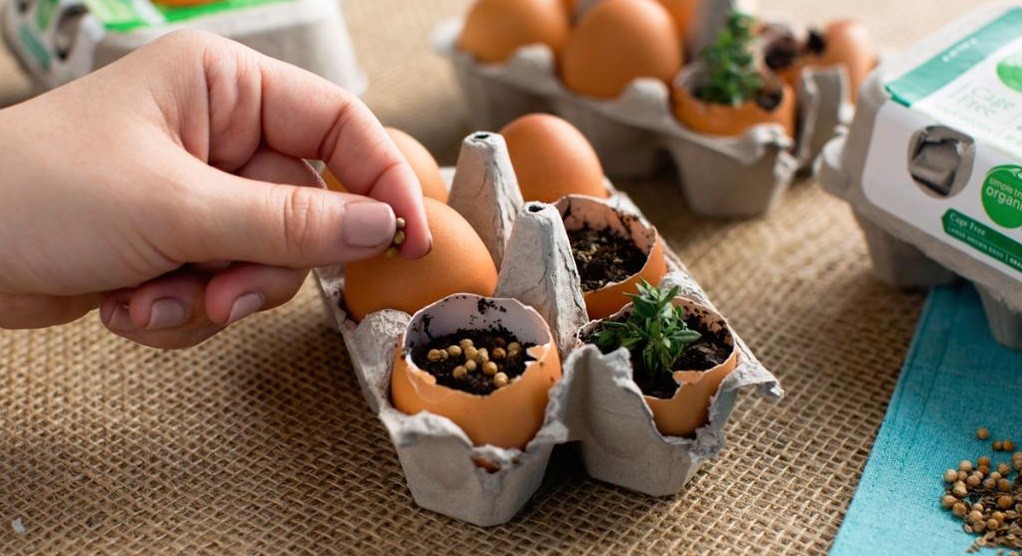
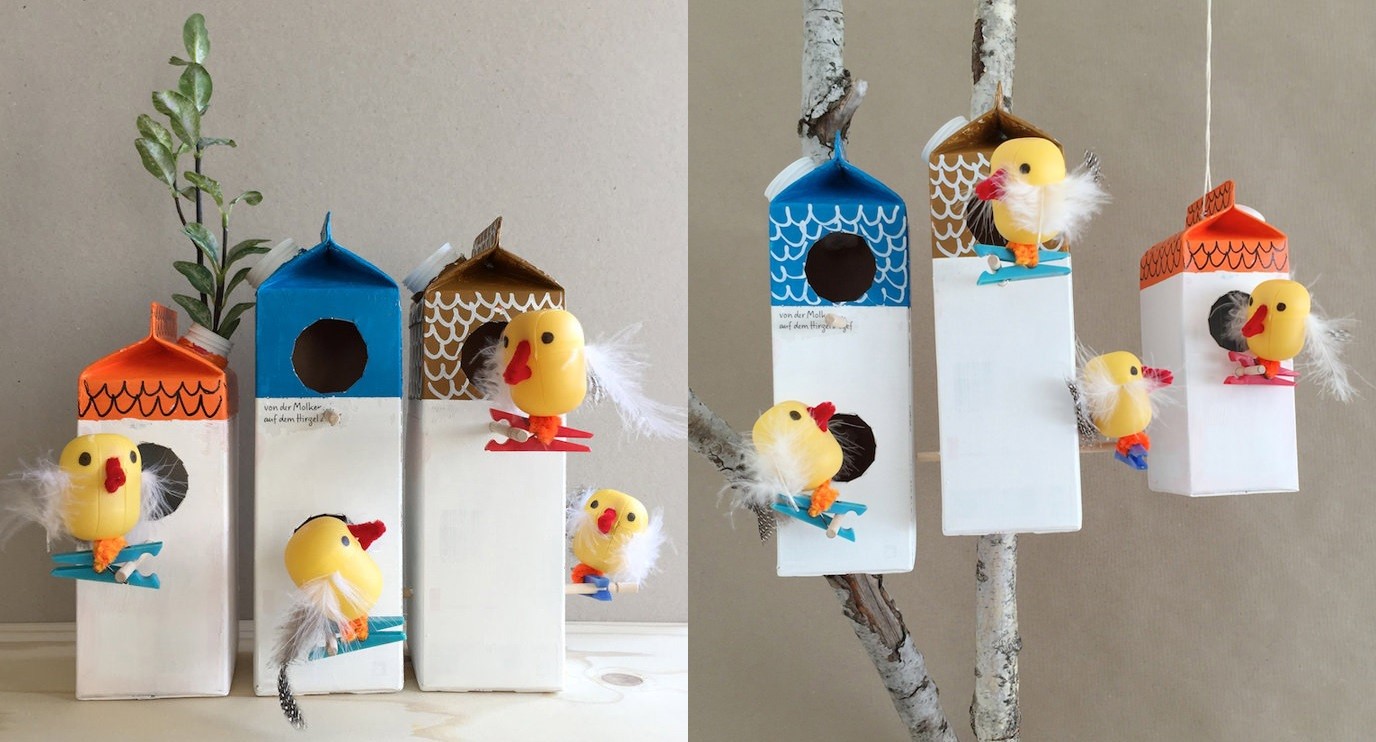


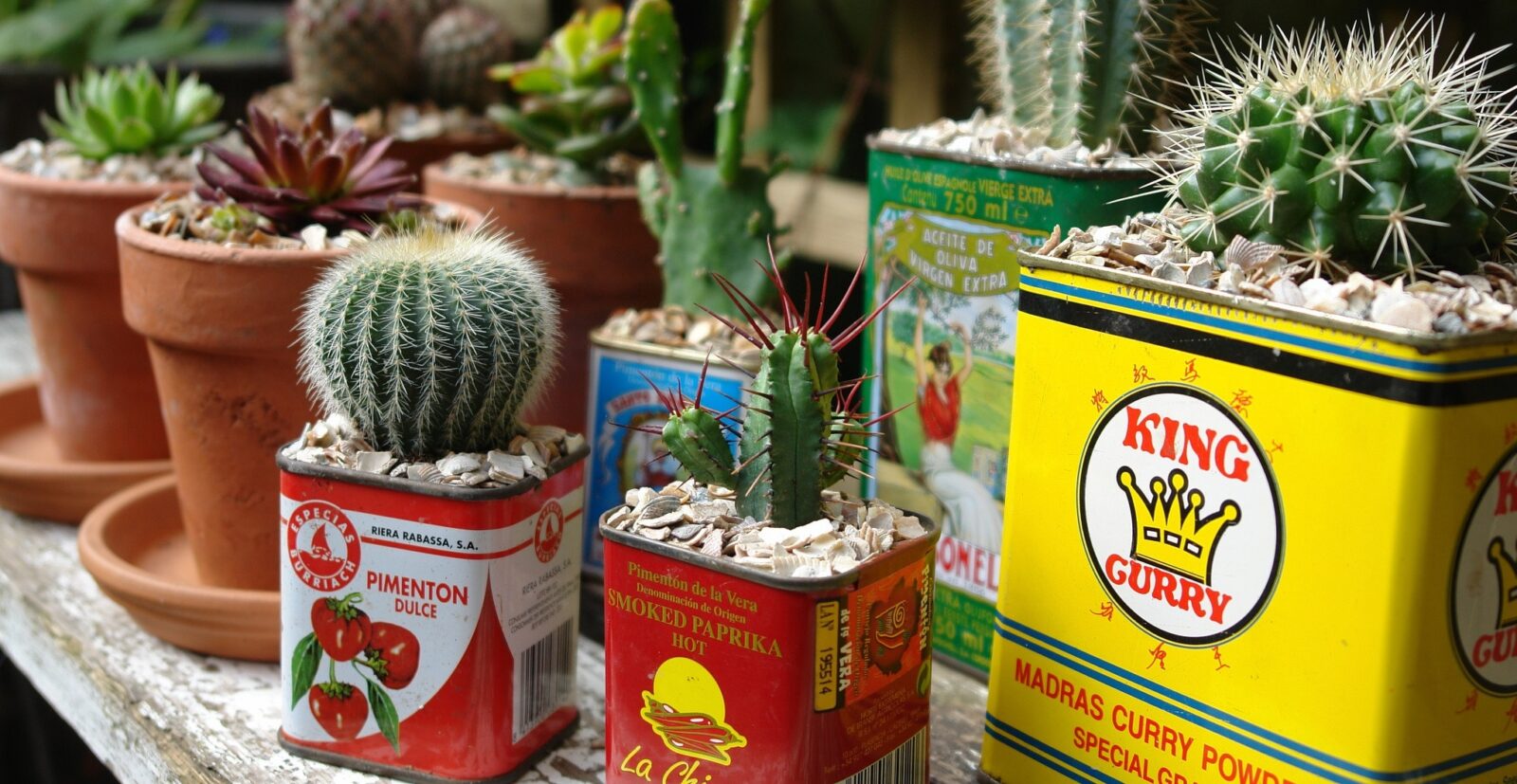
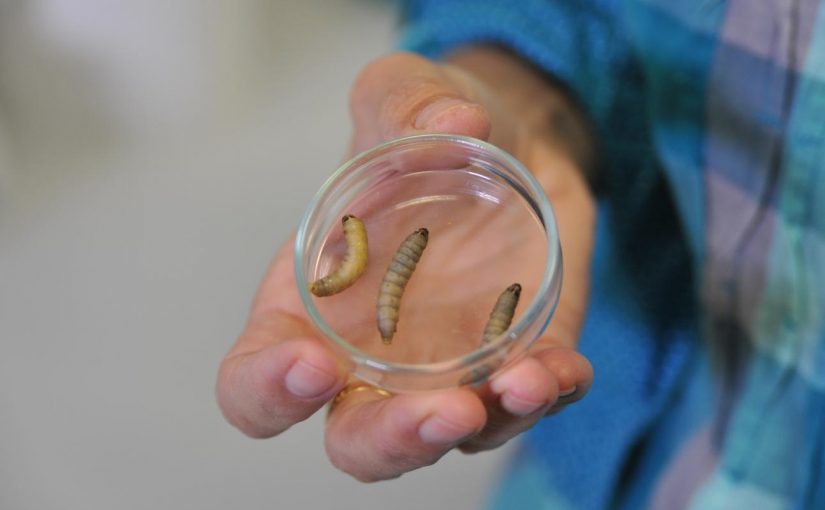

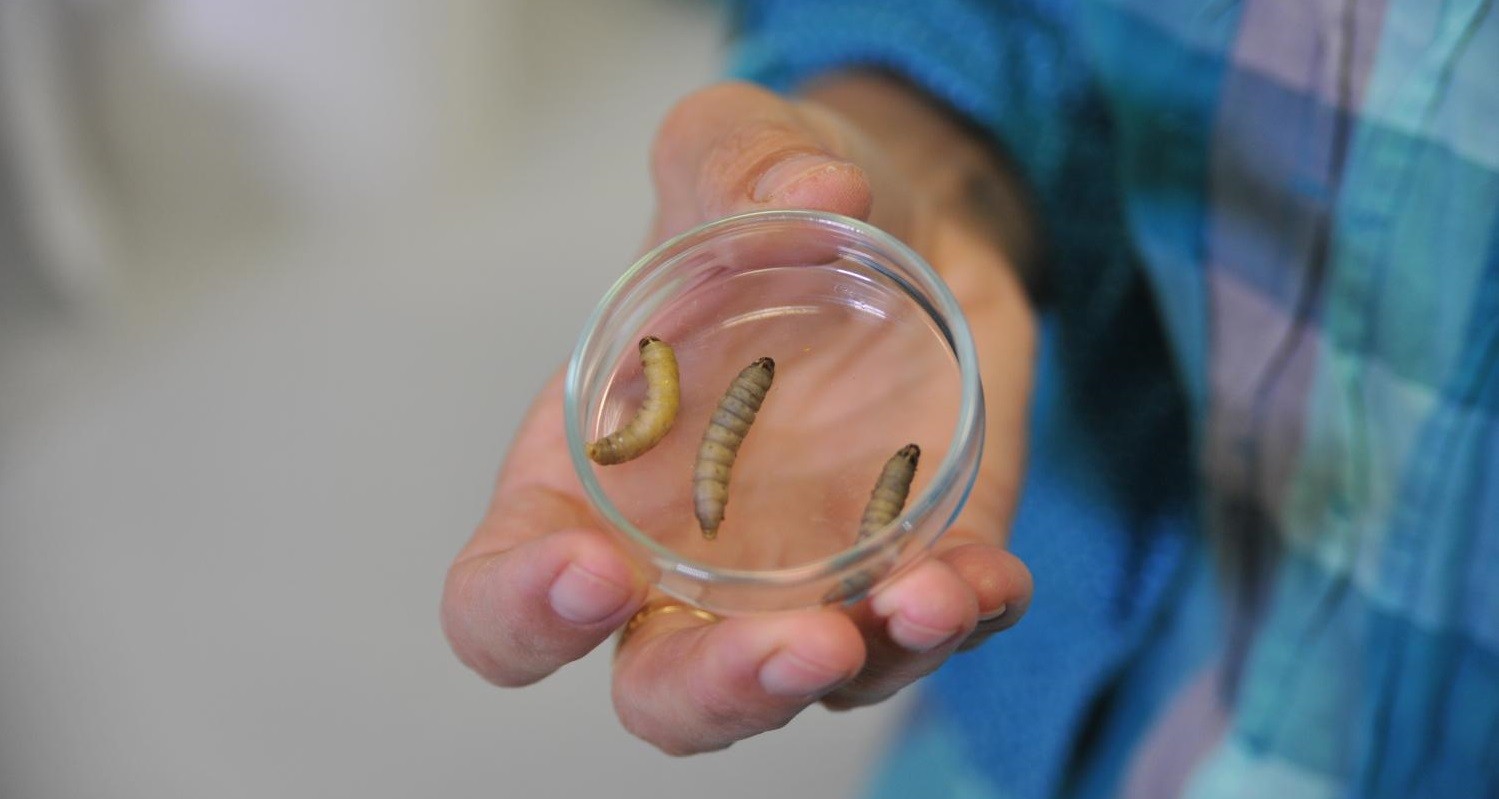
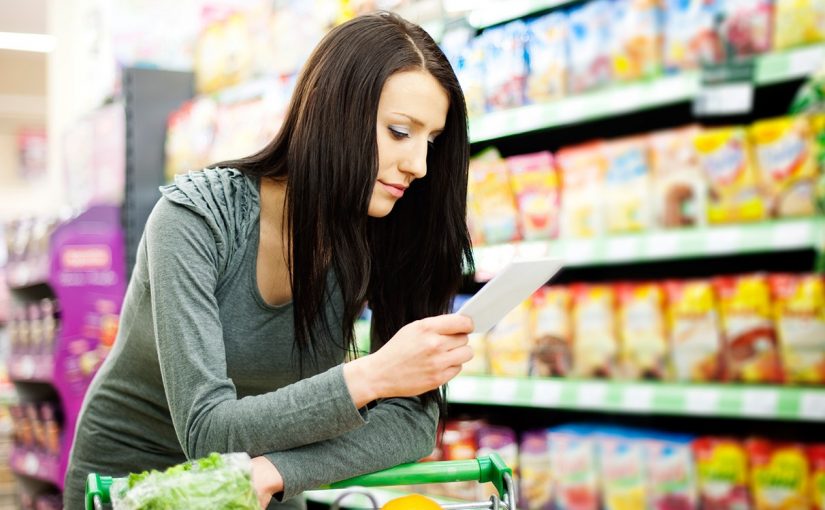
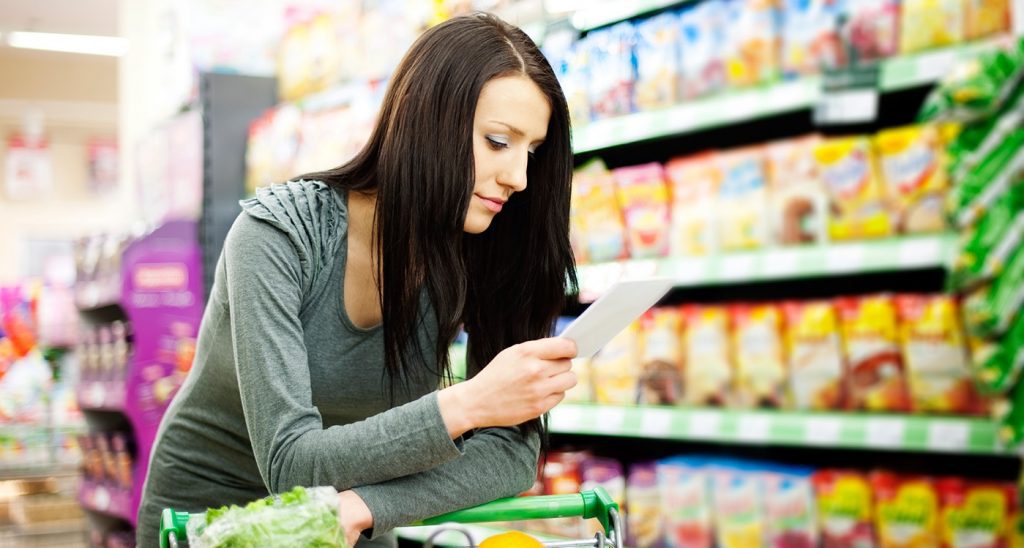
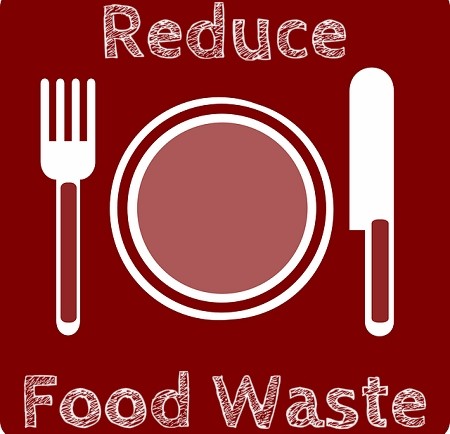
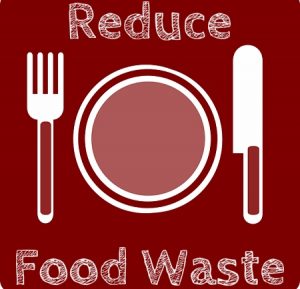 bably the first question to come in your mind, isn’t it? Well, there are many reasons, will you believe that even in the most advanced supply chain systems, 4% of transported goods are damaged just due to low pallet stability. Hence, there arises the need of many changes and innovation in the industry to meet with the growing need for convenience and eco-friendly food packaging.
bably the first question to come in your mind, isn’t it? Well, there are many reasons, will you believe that even in the most advanced supply chain systems, 4% of transported goods are damaged just due to low pallet stability. Hence, there arises the need of many changes and innovation in the industry to meet with the growing need for convenience and eco-friendly food packaging.